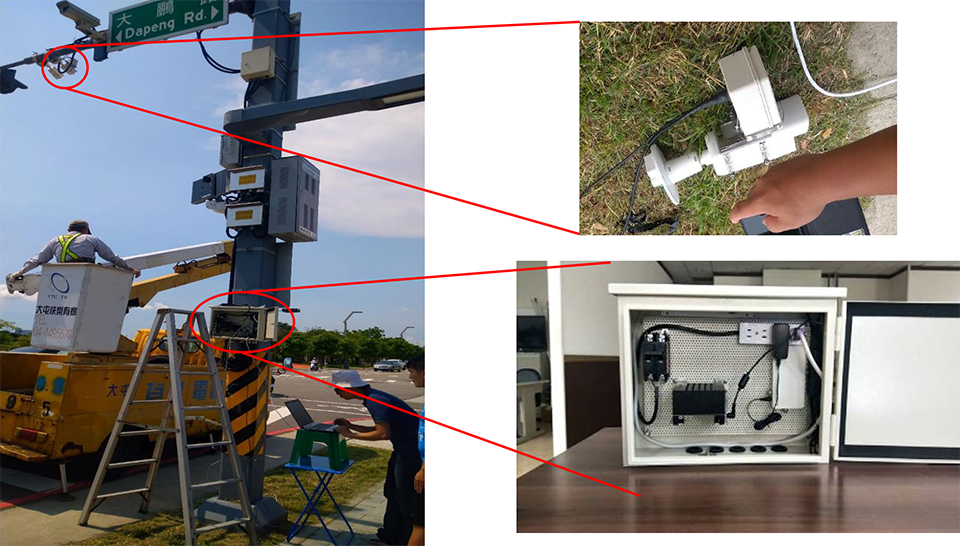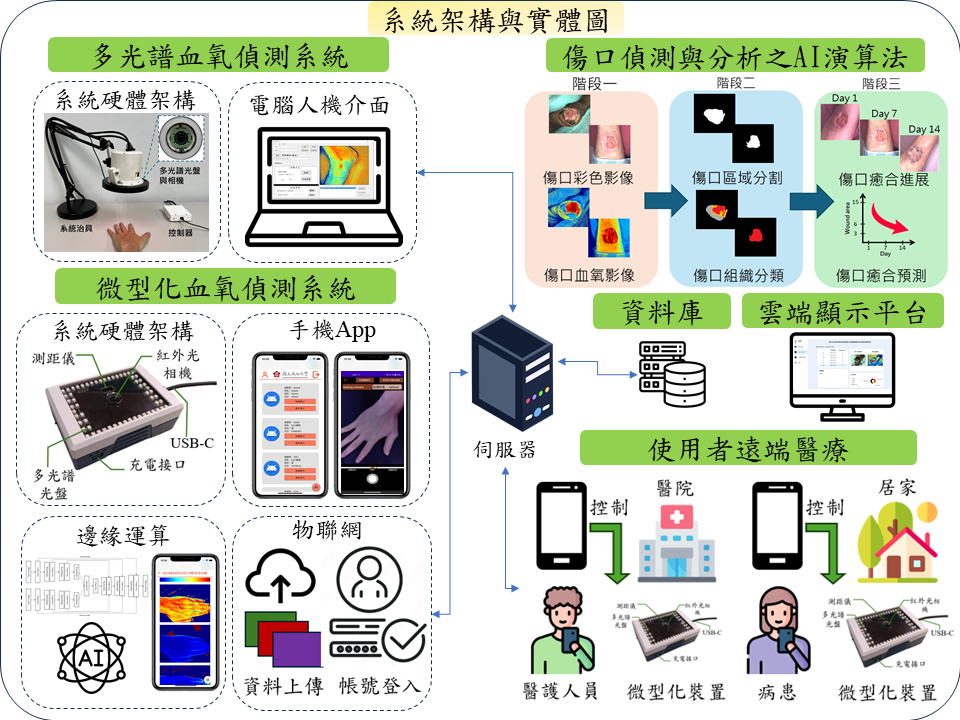Deep Reinforcement Learning based Wi-Fi Networking for Performance Enhancement: Considering Off-The-Shelf 802.11ac NICs as a Case Study

We develop an asynchronous framework across user and kernel spaces for deep learning applications on the improvement of Wi-Fi performance and implement it in the driver of commodity Intel Wi-Fi cards. Under this framework, we apply deep reinforcement learning to developing an intelligent rate adaptation (RA) algorithm (DRL-RA), which can timely find the best rate over time to achieve the highest throughput in varying channel conditions given many rate options of current Wi-Fi technologies, and implement it in the Intel driver. The DRL-RA’s on-learning capability can learn how to efficiently approach the best rate from the experiences of its common usage pattern and environment.We have the following three major breakthroughs.
1. We developed the first framework that is asynchronous across user and kernel spaces for deep learning applications on the Wi-Fi performance, and implemented it in the driver of commodity Intel Wi-Fi cards by using Google Tensorflow to support deep learning.
2. We designed an intelligent, practical RA solution (DRL-RA), whose online learning capability can automatically derive low-overhead paths to approach the best rates. It can timely locate the best rates over time to achieve the highest throughput in various channel conditions.
3. We implement DRL-RA in the Intel driver using the asynchronous framework across kernel and user spaces. It can outperform Intel Iwlwifi and Linux default Minstrel by up to 821.4% and 242.8%, respectively.The developed technology can be applied to the network communication industry, especially for the vendors of Wi-Fi AP and NIC, as well as other related system vendors. It mainly consists of two techniques. First, the deep learning application framework for kernel modules (here, Wi-Fi drivers) can allow the vendors to enable intelligent services on their wireless and networking system products by applying AI technique to customizing or maximizing system/network performance for users. Second, the deep reinforcement learning (DRL) based rate adaptation solution can enhance the Wi-Fi performance for Wi-Fi chip and equipment vendors. Its DRL-based design architecture with the use of Google Tensorflow can be also applied to other functions.
Building integrated management system by artificial intelligence based on big data analysis and data mining to implement precision medicine in healthcare management

Deep learning based camera/radar sensor fusion technology for road side unit (RSU) applications

A multispectral light source based miniaturized tissue oxygenation imaging system for telemedicine wound healing phases recognition

"1) Integrating AI recognition, IoT, and blockchain into traceable software and hardware for recycling UCO 2) Cutting-edge 3D learning platform powered by Spatial AI 3) Optimize use of existing buildings by making them transformable and adaptive to human needs at the click of a button 4) Non-contact image analysis and calculation technology to capture vital signs through dynamic face detection"
Technology maturity:Prototype
Exhibiting purpose:Technology transactions、Product promotion、Display of scientific results
Trading preferences:Technical license/cooperation
Coming soon!